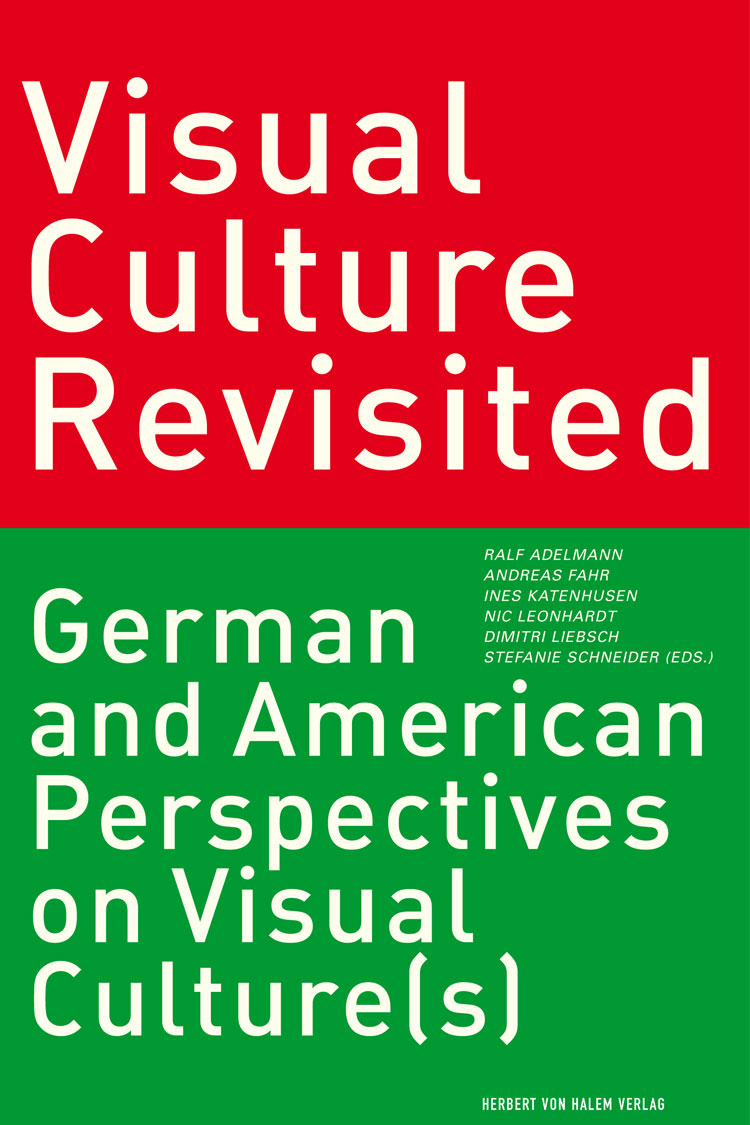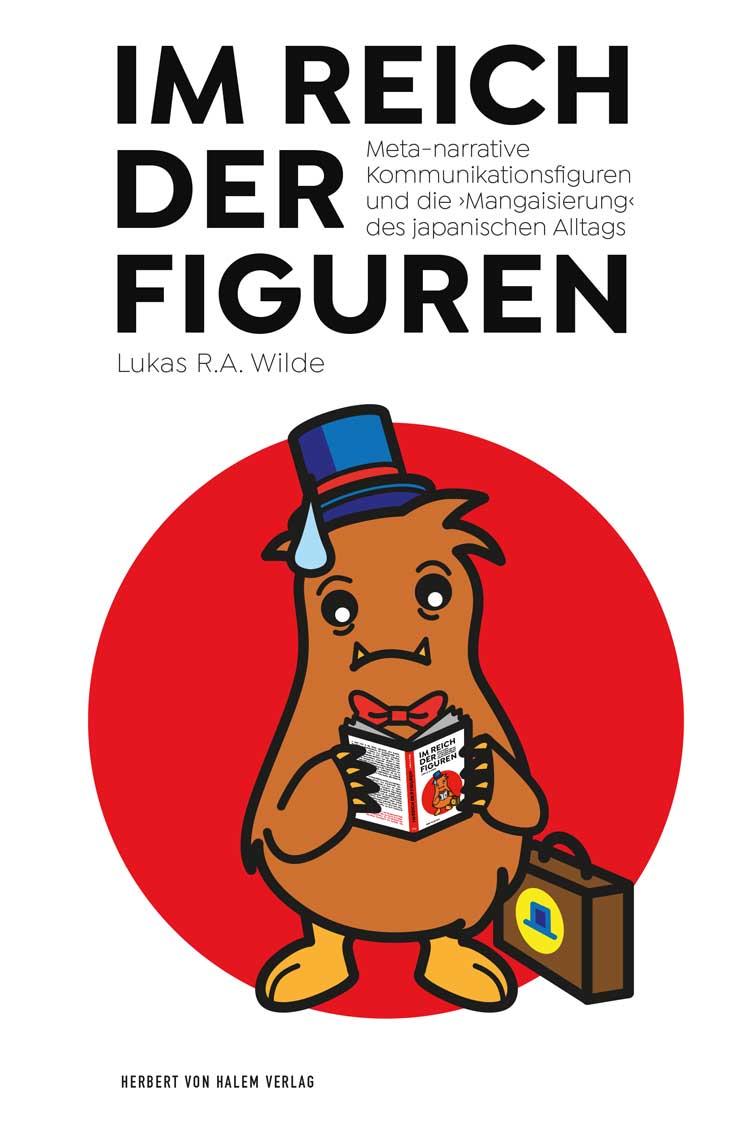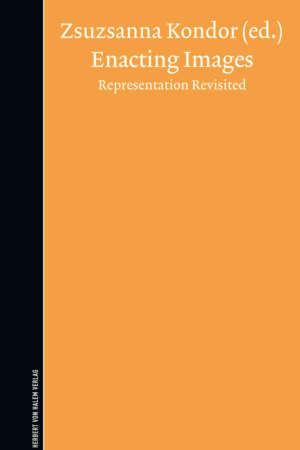Is there a visual culture or are there only visual cultures? On the one hand, it is obvious that images do not stand for themselves and they cannot be understood by themselves. Instead, they are always included in practices and embedded in institutions. This is the common ground, suggesting an understanding of visual culture in the singular. On the other hand, it is clear that visual culture is in no way a singular phenomenon. There is a plurality of pictorial representations – from the sitcom to illustrations in children’s books, from cartoons to satellite photos, from high art to everyday-life. Furthermore, the field of the visual is one of conflict between self and other, mainstream and counter culture.
This book collects articles in the English language, which explore both theoretical reflections and case studies pointing to the dialectics of visual culture(s). At the center are examples of the U.S. American context – beginning with the photographic focusing of Native Americans as the ‘vanishing race’ in the nineteenth century to the TV coverage of the space shuttle Columbia in February, 2003. This book is therefore highly recommended for both students and scholars in the field of American Studies and those interested in the interdisciplinary debate on visual culture(s).
Gibt es eine visuelle Kultur oder nur visuelle Kulturen? Auf der einen Seite ist es unzweifelhaft, dass Bilder keine isolierte Existenz besitzen und daher auch nicht allein aus sich heraus verstanden werden können. Sie sind vielmehr Bestandteil von Praktiken und eingebettet in Institutionen; und dies ist die Gemeinsamkeit, die es nahelegt, von einer visuellen Kultur im Singular zu reden. Auf der anderen Seite ist ebenso offensichtlich, dass die visuelle Kultur kein monolithischer Block ist. Es gibt eine Vielzahl von Typen bildlicher Darstellung: von der Sitcom zur Illustration im Kinderbuch, vom Cartoon zum Satellitenphoto, in der hohen Kunst oder im Alltagsleben. Außerdem ist das Feld des Visuellen ein Feld des Konflikts und der Auseinandersetzung zwischen Selbst und Anderem, Mainstream und Gegenkultur.
Der Band versammelt englischsprachige Texte, die sich über eine Reihe von theoretischen Reflexionen und Fallstudien mit dieser Dialektik der visuellen Kultur(en) auseinandersetzen. Im Zentrum finden sich dabei vor allem Beispiele aus dem US-amerikanischen Kontext – angefangen von der Fokussierung der amerikanischen Ureinwohner als ‚vanishing race’ in der Fotografie des 19. Jahrhunderts bis hin zur medialen Bewältigung des Columbia-Unglücks im Februar 2003. Infolgedessen ist das Buch nicht allein für ein interdisziplinär ausgerichtetes Publikum äußerst empfehlenswert, das sich für die Analyse des Visuellen interessiert, sondern auch für Wissenschaftler und Studenten in der Amerikanistik.








